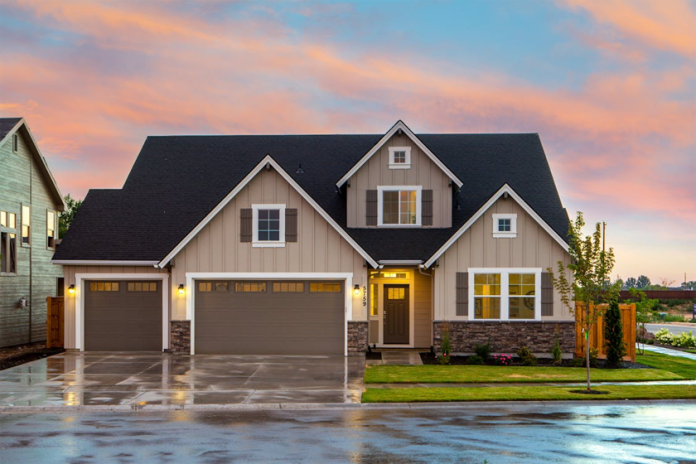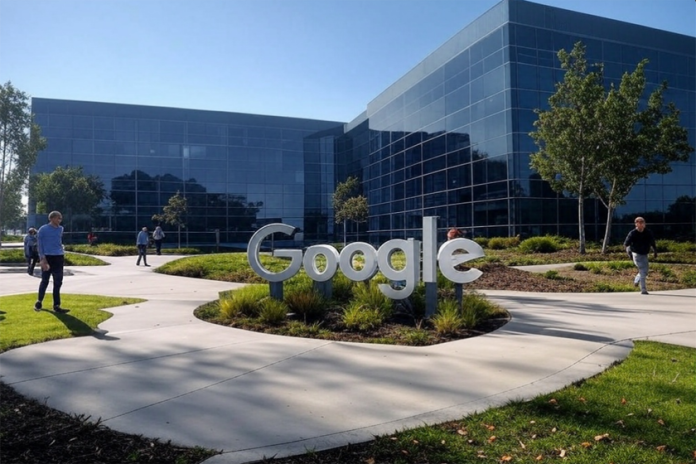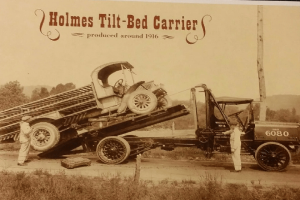Your home might be hazardous to your health — Your home is supposed to be your sanctuary, your safe place, your retreat from the world. But what if the very walls around you are quietly wearing down your health? You won’t hear it knocking or catch it in your periphery.
It comes subtly: disrupted sleep, mystery headaches, persistent fatigue, irritated lungs. In the age of wellness culture and biometric trackers, we’ve focused intensely on what we eat and how often we exercise, but we’ve largely ignored the structure that shelters our lives.
The reality is: your home can either heal you or hurt you. And most of us are overdue for a gut check on the environments we’ve normalized.
Invisible Air, Visible Effects
Let’s start with air quality. If you live in a city apartment, your windows probably stay closed for long stretches. Meanwhile, dust accumulates, mold spores may linger, and that chemical-cleaner scent you associate with “freshness” might actually be toxic.
The EPA reports that indoor air can be up to five times more polluted than outdoor air. What’s worse, the culprits—like VOCs from paint and flame retardants in furniture don’t announce themselves. A fix? Invest in a HEPA filter, crack your windows daily, and introduce air-purifying plants like snake plants or pothos.
You can’t control outside pollution, but you can detox the air you breathe for eight hours a night.
Your Mattress is a Chemical Minefield
Most people overlook the very surface they spend a third of their lives on. Mattresses, especially older ones or cheaper brands, are often saturated with flame retardants and off-gassing chemicals.
These can slowly leech into your system through skin contact and inhalation. If you wake up groggy despite a full night’s sleep, your mattress may be part of the problem.
Look into organic options made with natural latex, wool, and cotton, or take steps to clean the mattress you have.
Check Your Pipes
You probably don’t think about your pipes until something goes wrong—but by then, it’s too late. Routine plumbing inspections aren’t just about preventing leaks; they’re your first line of defense against mold, water damage, and the kind of slow, hidden deterioration that silently erodes air quality and health.
These days, you don’t need to wait around for someone to show up with a clipboard. There are apps now that let you chat with a plumber via video, getting real-time advice from seasoned pros who can spot trouble early and talk you through quick fixes.
And when the situation calls for in-person help, you can instantly access a roster of local, vetted experts who are ready to step in, tools in hand, before a small drip turns into a health hazard.
Lighting Dictates More Than Ambience
The lighting in your home isn’t just about vibes; it’s deeply tied to your circadian rhythm. Cool-toned LEDs late at night can throw your body clock out of sync, delaying melatonin release and wrecking sleep.
Most people don’t realize that the wrong lighting mimics the conditions of jet lag.
Replace cold bulbs with warm-tone options and lean into natural light during the day. Morning sun exposure through your windows helps anchor your sleep-wake cycle and lifts mood naturally.
Clutter and the Cognitive Cost
Mess doesn’t just make a space look chaotic—it feels chaotic. A cluttered space competes for your brain’s attention, elevating stress and reducing your ability to focus.
Over time, that kind of subtle over-stimulation can lead to mental fatigue and low-grade anxiety. You don’t need to Marie Kondo your life, but start small: clear one drawer, one surface.
Build systems that make tidying automatic, not aspirational. Think less about aesthetics and more about mental hygiene.
Moisture is a Breeding Ground
Dampness doesn’t just make a place feel uncomfortable—it opens the door to mold, mildew, and dust mites. And if you’ve got even the faintest mold allergy, those invisible spores can do a number on your respiratory health.
Bathrooms, basements, and kitchens are usual suspects. Use a hygrometer to measure humidity levels, and keep them between 30–50%.
Dehumidifiers aren’t sexy appliances, but they’ll do more for your lungs than scented candles ever could.
Rituals Over Renovation
You don’t need a massive remodel to make your home healthier. The key is cultivating daily rituals that reinforce well-being.
Open windows with intention, swap out that synthetic candle for essential oils, and designate screens-free zones. Take your shoes off at the door … it’s not just cultural, it reduces indoor pollutants by 60%.
Light a beeswax candle during dinner, which actually purifies the air. These micro-adjustments compound over time. Your home starts to behave less like a trap and more like a tonic.
It’s tempting to think of health as something that lives in gyms and green juice. But the real foundation is built under your own roof.
Your home has a nervous system. It breathes, holds, and reacts. When it’s filled with irritants and static, you carry that tension into your body.
When you take the time to design an intentional environment, you create a space that partners with you, nudging you toward restoration instead of deterioration.







